Collection |
Collections
-
-
Collection |
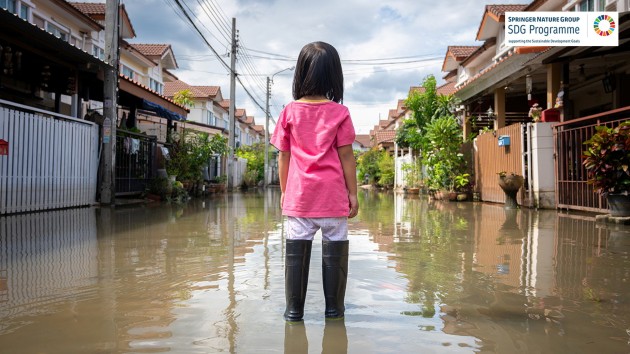 Flood risk
Flood risk
In this Collection, we explore the natural processes that drive flood hazard, the social and environmental factors that can exacerbate vulnerability and the measures that can be taken to assess and mitigate flood risks.
Image: © [M] stpadcharin / stock.adobe.comOpen for submissions -
Collection |
 Indigenous peoples and the environment
Indigenous peoples and the environment
In this Collection, we feature articles that explore the relationship between indigenous peoples and the environment and the value of indigenous knowledge in meeting Sustainable Development Goals.
Image: © [M] malp / stock.adobe.comOpen for submissions -
Collection |
 Rifts
Rifts
Earth’s tectonic plates extend and break-apart during rifting.
Image: Ulrich Doering / Alamy Stock Photo -
Collection |
 The 2023 Kahramanmaraş Earthquake Sequence
The 2023 Kahramanmaraş Earthquake Sequence
In this Collection we bring together and invite research and opinion ranging from the seismological characteristics of the earthquakes to lessons and strategies for resilience and the human response.
Image: Courtesy NASA/JPL-CaltechOpen for submissions -
Collection |
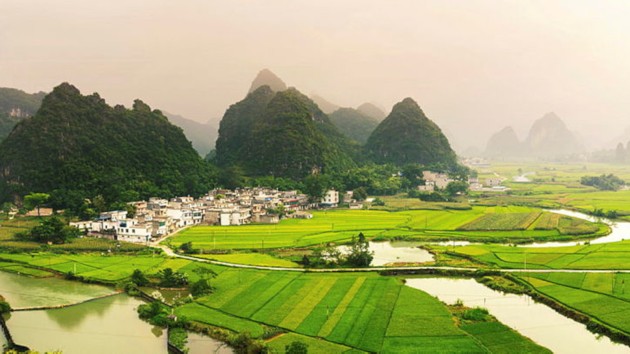 Sustainable agriculture
Sustainable agriculture
This Collection features articles exploring new avenues and policies for agriculture that help reduce environmental footprint and respect people's rights and food needs to achieve the Sustainable Development Goals.
Image: © [M] creativefamily / stock.adobe.com -
Collection |
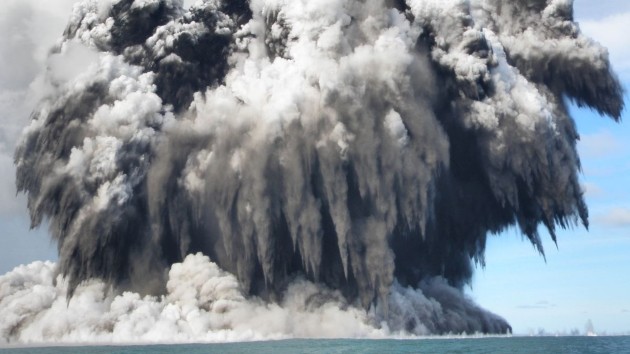 Submarine Volcanism
Submarine Volcanism
The articles in this Collection investigate the causes and processes of submarine volcanic eruptions as well as their impacts on the atmosphere and the wider Earth system.
Image: LOTHAR SLABON/AFP via Getty Images -
Focus |
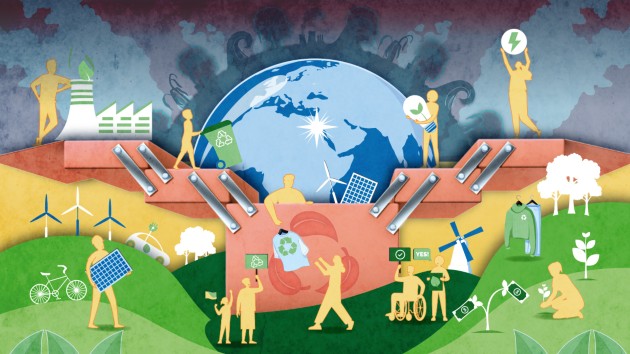 Climate change and human behaviour
Climate change and human behaviour
Anthropogenic climate change is a scientific fact. Without immediate action, we are unlikely to meet the target goal of minimizing global warming to 1.5° C. This collection highlights the importance of human behaviour in climate action, mitigation and adaptation.
Image: elenabs/iStock/Getty Images Plus/Getty; Irina_Strelnikova/iStock/Getty Images Plus/Getty; Mykyta Dolmatov/iStock/Getty Images Plus/Getty; Rudzhan Nagiev/iStock/Getty Images Plus/Getty; artpartner-images/The Image Bank/Getty. Banner design: Valentina Monaco and Bethany Vukomanovic. -
Collection |
 Science at Extreme Pressures
Science at Extreme Pressures
Under extreme pressure, matter can exhibit novel or counter-intuitive phenomena such as superconductivity at unusually high-temperature, unexpected chemical stoichiometries and reaction kinetics, or new material phases.
Image: Lars Plöger, Pixabay -
Collection |
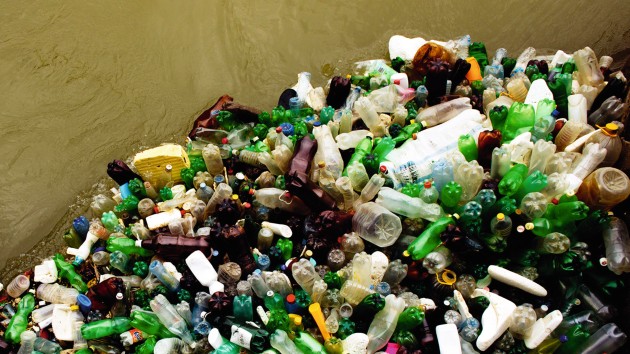 Plastics in the environment
Plastics in the environment
Plastic is ubiquitous in our lives and the environment.
Image: Lasha Tsertsvadze / EyeEm/ Getty Images -
Collection |
 Deep water
Deep water
Deep water refers to the water, and its constituent ions, in Earth’s interior.
Image: ©2019 Gemological Institute of America, Inc. Photo by Tingting Gu -
Collection |
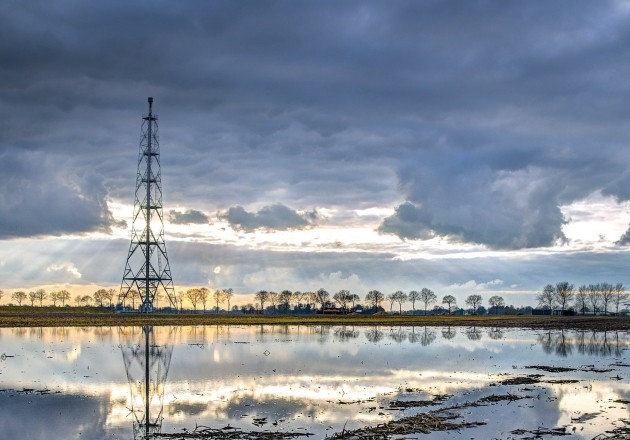 Accounting for methane
Accounting for methane
Methane is a powerful greenhouse gas. Sources of emissions include both human activity, such as natural gas leakage and rearing livestock, and natural environments, such as wetlands. This Collection explores the processes that influence methane emissions across a range of settings in the natural environment and how we can improve methane accounting associated with human activities to, ultimately, mitigate anthropogenic emissions.
Image: Rudy and Peter Skitterians / Pixabay

 Tara Pacific
Tara Pacific